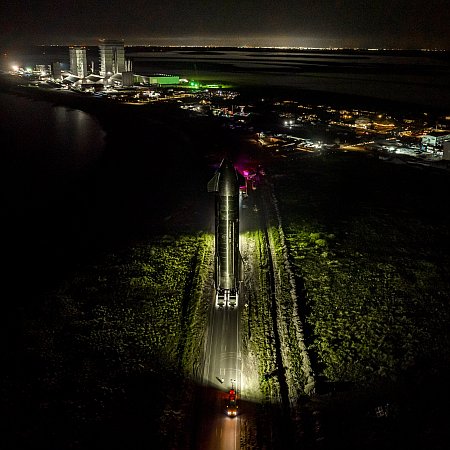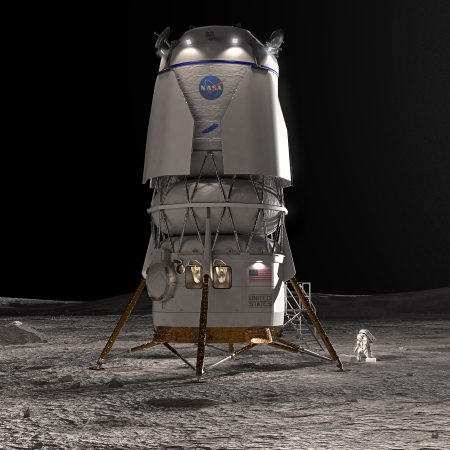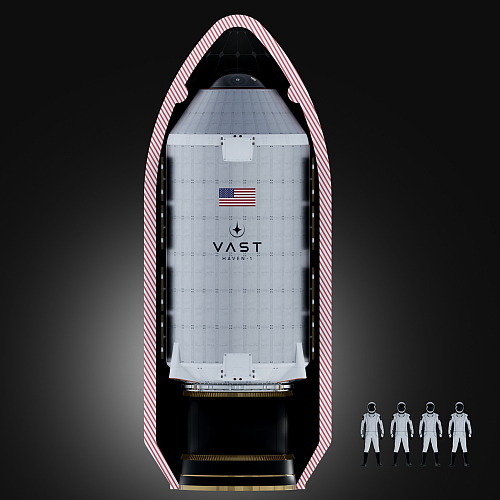SpaceX launches 5 Iridium and 16 OneWeb satellites
SpaceX early today successfully used its Falcon 9 rocket to put five Iridium and sixteen OneWeb satellites into orbit, lifting off from Vandenberg Space Force Base.
The first stage successfully completed its eleventh flight, landing on a drone ship in the Pacific. The two fairings completed their third and sixth flights respectively.
The leaders in the 2023 launch race:
33 SpaceX (with a launch scheduled for tomorrow)
18 China
6 Russia
4 Rocket Lab (with a launch scheduled for tomorrow)
American private enterprise now leads China 37 to 18 in the national rankings, and the entire world combined 37 to 30. SpaceX now trails the entire world combined, including American companies, by only 33 to 34.
SpaceX early today successfully used its Falcon 9 rocket to put five Iridium and sixteen OneWeb satellites into orbit, lifting off from Vandenberg Space Force Base.
The first stage successfully completed its eleventh flight, landing on a drone ship in the Pacific. The two fairings completed their third and sixth flights respectively.
The leaders in the 2023 launch race:
33 SpaceX (with a launch scheduled for tomorrow)
18 China
6 Russia
4 Rocket Lab (with a launch scheduled for tomorrow)
American private enterprise now leads China 37 to 18 in the national rankings, and the entire world combined 37 to 30. SpaceX now trails the entire world combined, including American companies, by only 33 to 34.






